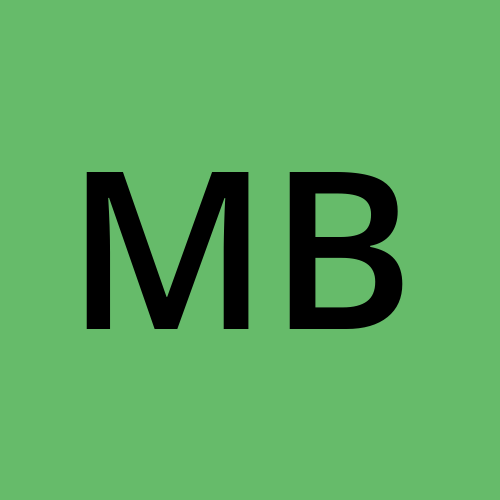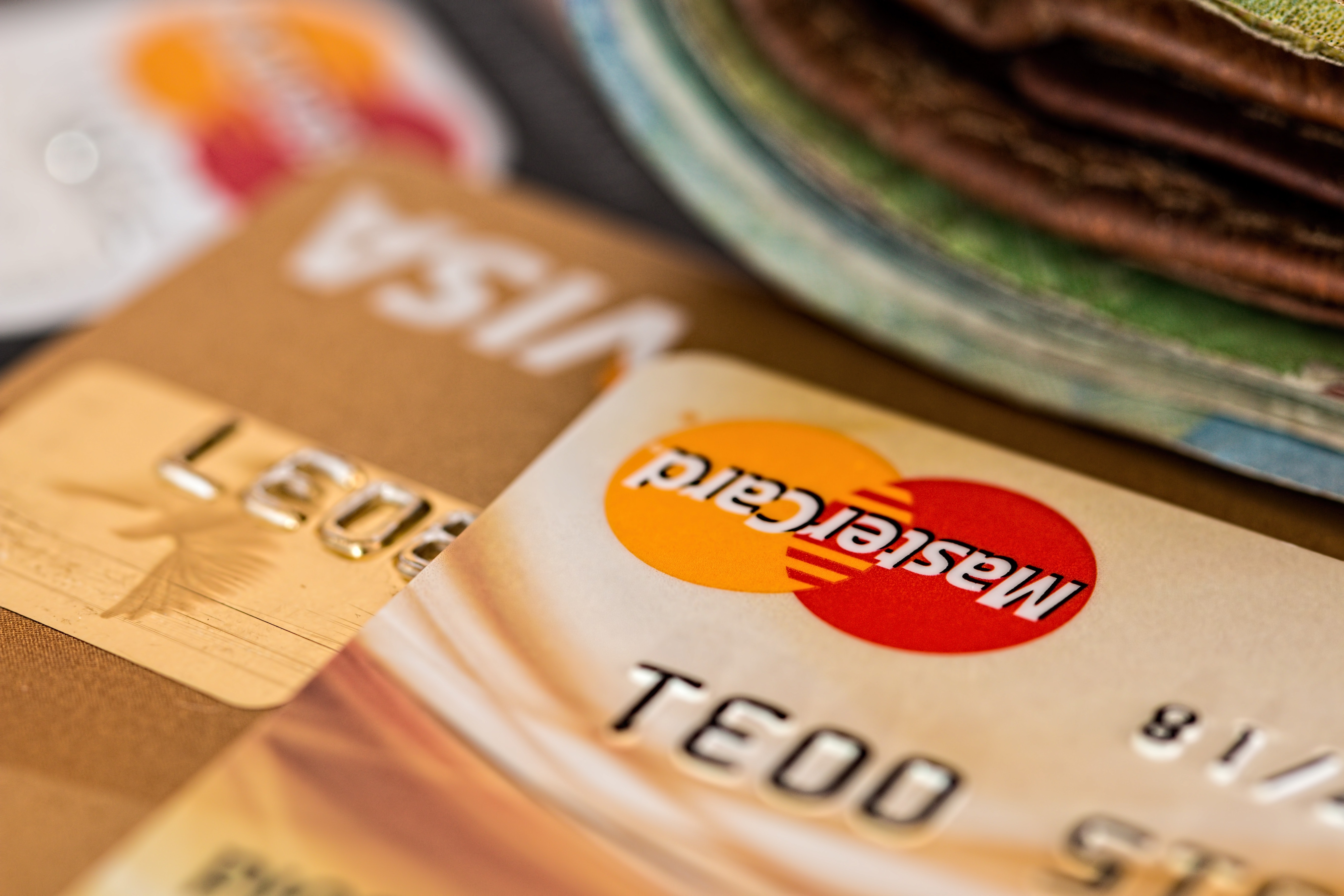What is a Line of Credit and How Does it Work?
 Maggie Bloom
Maggie Bloom
When the subject of borrowing money comes up, personal loans may first come to mind. Some might associate borrowing with secured loans or credit cards, and these options exist for borrowers. Not everyone knows that lines of credit provide ways to borrow money, often at reasonable interest rates. Learning about lines of credit might be worthwhile to those hoping to access another borrowing platform.
What is a Line of Credit?
A line of credit refers to a revolving credit account, usually one connected to a checking account. The account holder receives approval for a maximum borrowing amount when approved for a line of credit. So, if the line of credit of $10,000, that is the amount the person may borrow until the balance maxes out. Remember that revolving credit means payments lower the balance and extend the borrowing threshold. If someone owes $8,000 on a line of credit and pays the balance down to $7,000, $1,000 of credit becomes available again.
Accessing Line of Credit Funds
The ways to access a line of credit are not much different than how someone would access cash or take an advance from a credit card. An account holder could access the money by writing a check or using a debit card. Transferring money from the line of credit to the checking account becomes an option, too. Transfers may occur through orders over the phone or using the transfer features at the bank’s website or app.
Paying the Line of Credit
Since a line of credit is a loan, borrowers face requirements to pay back the obligations. As with other loans, expect the lender to establish a minimum monthly payment on a balance. Paying only the minimum monthly amount makes using a line of credit account longer and costlier. Constantly borrowing and keeping high balances won't likely lead to good fiscal health. Borrowing responsibly and paying debts on time seems advisable.
Applying for a Line of Credit
Some may wonder whether they qualify for a line of credit. Lenders have their criteria for approvals, but past credit history and a current credit score factor into who to approve and how much. Someone with an excellent credit score would probably have less difficulty than someone with a poor score. Whether the line of credit sought is a secured or unsecured loan plays a role, too. These factors might also contribute to the interest rate charged on the line of credit. A better credit score could mean a more reasonable interest charge.
Unsecured vs. Secured Loans
An unsecured loan does not require any collateral. Instead, the applicant's credit history and financial profile support the approval. Secured loans involve collateral, and home equity lines of credit might be the most common secured loan deals. With a home equity line of credit, the home's value supports the loan. Also, the lender would maintain a lien against the property until the borrower pays off the balance. Lines of credit based on car ownership could be an option for some. Borrowers may ask, "How long does a car line of credit last for approved applicants?" The answer might vary based on the lender. Carputty Flexline offers terms of 24 months with its line of credit accounts.
Purpose of a Line of Credit
A line of credit could serve several purposes. Access to credit would allow someone to borrow money for unexpected purchases, such as vehicle repairs, or to access petty cash when short on funds. Often, people use a line of credit for debt consolidation purposes. A line of credit might be less costly than high-interest credit cards, so moving the balances from the cards to the line of credit account could be a good plan.
Responsible Borrowing
As with any loan, responsible borrowing could work out in everyone's favor. Repeatedly using a line of credit to pay for things outside one's budget may lead to high balances that never go down. Living and borrowing within one's means could help someone avoid debt traps that some borrowers fall into and cannot escape.
Conclusion
A line of credit provides an alternative to borrowing money with a fixed personal loan or a credit card. A line of credit connects to checking accounts, and those approved for credit would access the funds via such accounts.
Subscribe to my newsletter
Read articles from Maggie Bloom directly inside your inbox. Subscribe to the newsletter, and don't miss out.
Written by
